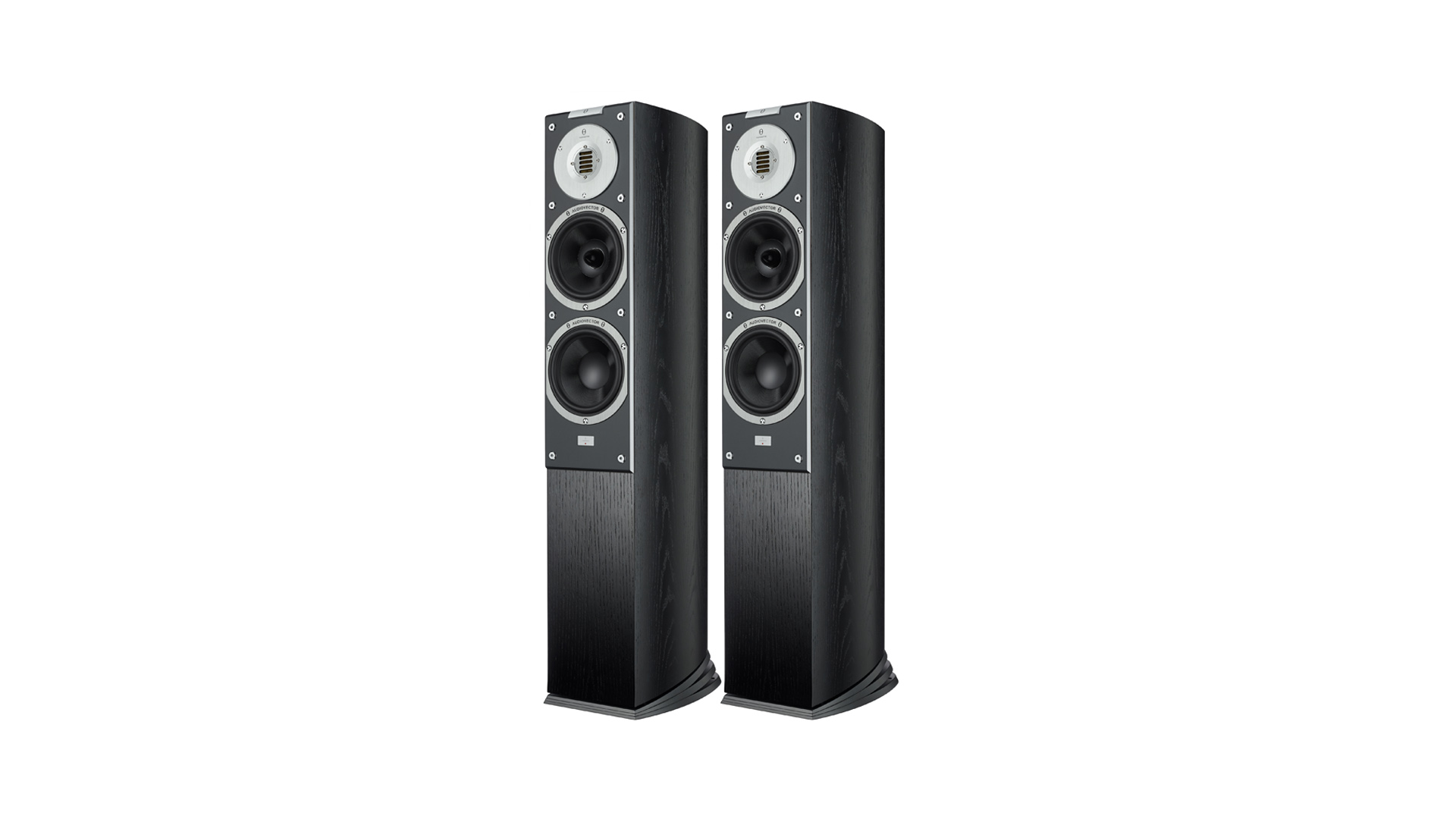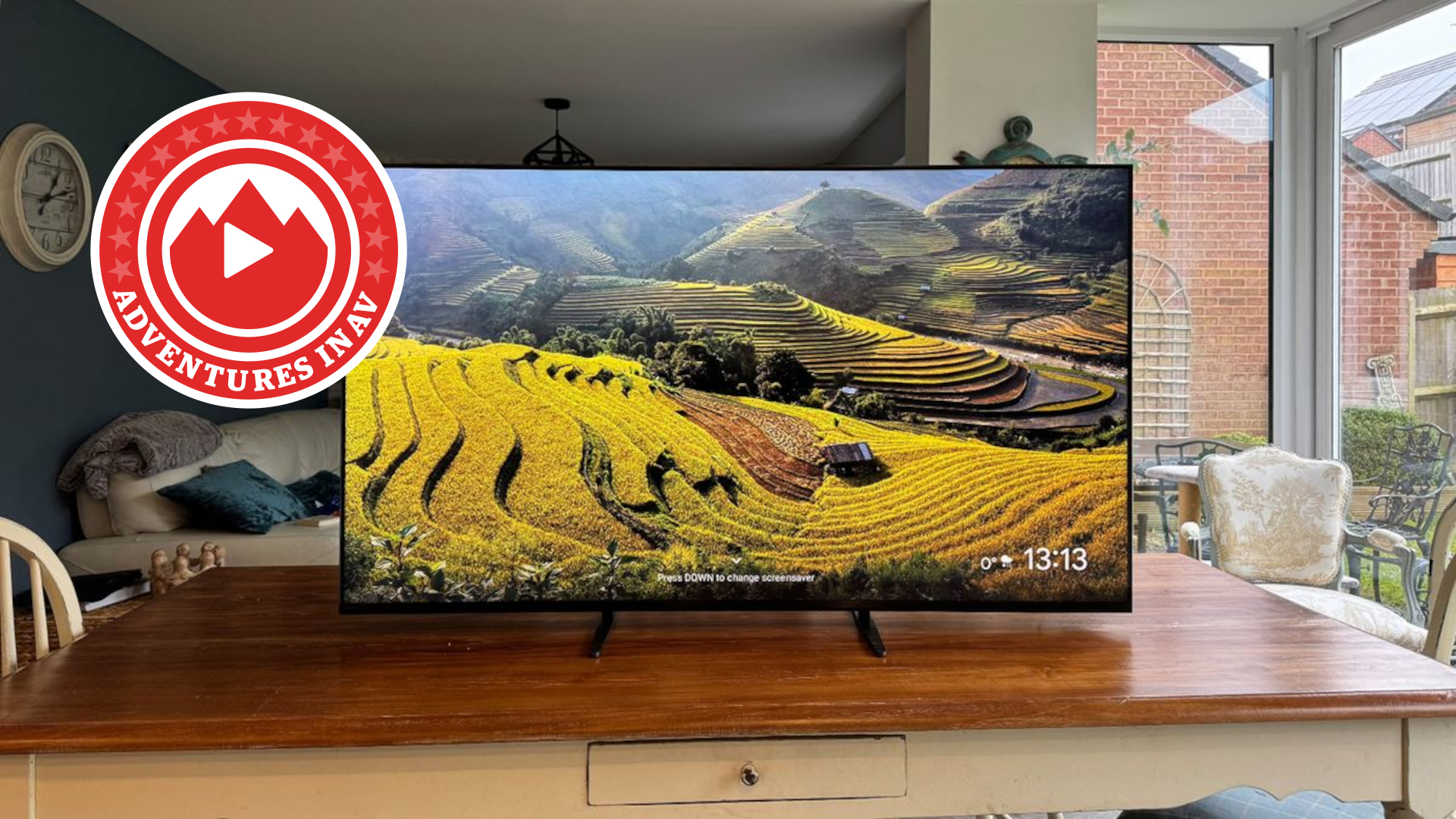What Hi-Fi? Verdict
These Avantgardes deliver a combination of clarity and excitement that’s hard to better at this price
Pros
- +
Impressive clarity, punch and detail
- +
Easily upgraded
- +
Fine build
Cons
- -
Not much at this price
Why you can trust What Hi-Fi?
Audiovector’s SR3 Avantgarde surprised us. Having tested the cheaper SR3 Signature (£4190) a little over a year ago, we thought we knew what the Avantgarde had to offer, but we were wrong. The jump in performance between the two is big enough to make us wonder why anyone would choose the cheaper model. The Avantgardes really are that good.
The philosophy behind Audiovector’s SR range is unusual. At its core there are three basic models, a standmounter and two floorstanders. The SR3 is the smaller of the two towers and, like the others, it is available in four different versions – Super, Signature, Avantgarde and Avantgarde Aretté. As the price rises the SR3 gains better drive units, improved crossover networks and even structural changes to the cabinet, all in a bid to improve performance.
Once you buy into the range, you can upgrade to any of the premium models for the retail price difference, plus a little extra to cover Audiovector’s shipping and labour costs. That opens an upgrade path few speaker rivals can emulate.
Design and build
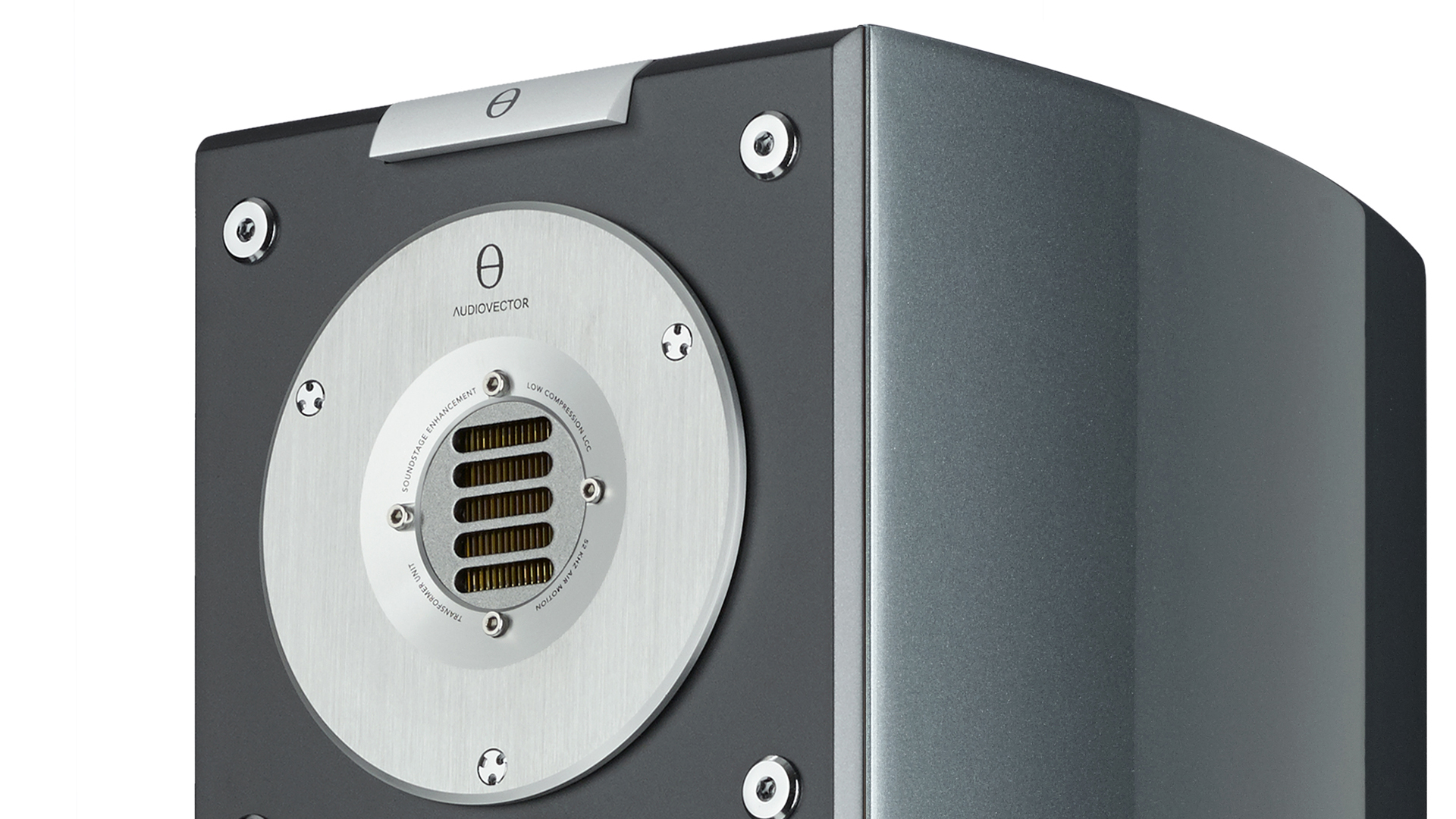
The jump from Signature to Avantgarde is a big one, and not just because of the price difference. The gains are an improved tweeter in the form of an in-house AMT (Air Motion Transformer) design that improves detail resolution and speed notably, a more sophisticated carbon composite-coned mid/bass unit and a revised crossover to accommodate the drive unit changes.
The tweeter is unusual in that a controlled amount of rearward radiation is allowed to escape into the listening room to help to produce an open and airy soundfield. The speakers are a two-and-a-half-way design, which means that the upper large unit covers the midrange and bass while the lower unit only helps out at bass frequencies.
A downward firing reflex port tunes the low frequency output. Such a design makes the speakers a little less fussy about positioning in the listening room than a more traditional rear facing port would be.
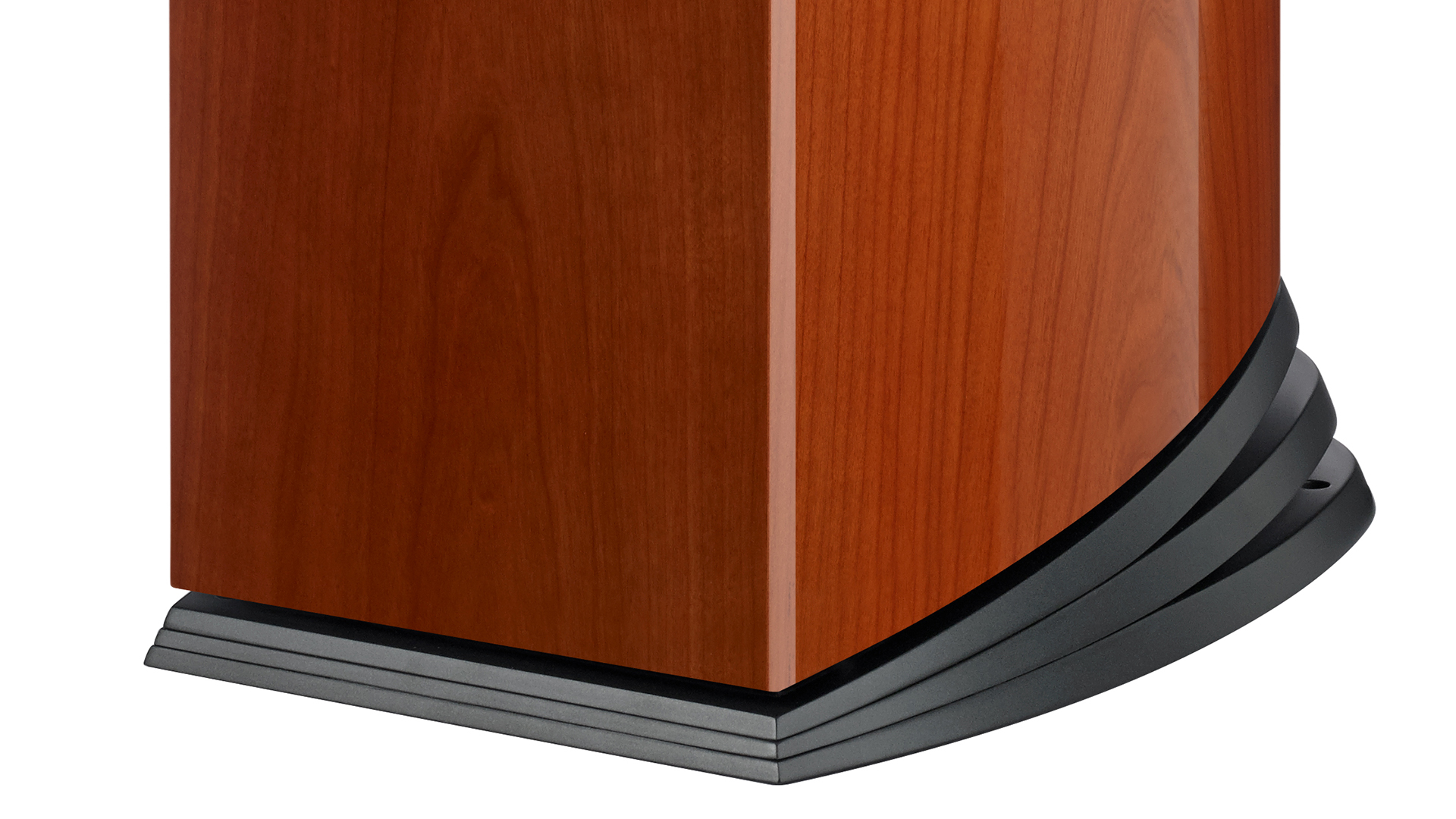
Build quality is as good as we’ve come to expect from the brand. The cabinet is nicely turned-out and feels immensely rigid. The curved cabinets (with their lack of parallel sides) reduce the build-up of standing waves inside the enclosure, so minimising resonances. The result should be a more transparent presentation.
At 103cm tall, the SR3s are pretty compact for a speaker at this level, and will fit into most rooms without dominating. These speakers are available in four standard finishes – white silk, black-stained ash, American Cherry and African Rosewood, with high gloss versions costing another £400.
Compatibility

These Audiovectors aren’t unusually fussy when it comes to positioning or partnering equipment. Anyone thinking of spending this kind of money on a pair of speakers should have suitably capable electronics, otherwise there’s no point.
We use our usual reference system of Naim’s NDS/555PS music streamer with Gamut’s D3i/D200i pre/power combination. The Avantgardes are rated at just over 90dB/W/m sensitivity and have a nominal impedance of 8 ohms, so they shouldn’t be unduly hard to drive. After a bit of listening, it’s clear that the quality of amplifier is more important than its outright muscle, at least in most rooms where speakers of this size are likely to be found.
We end up positioning the SR3s about a metre away from the rear wall of our listening room with a slight angle-in towards our listening position. Once we’ve got the position honed, these Audiovectors deliver a stereo image of impressive precision and stability.
MORE: How to build the perfect hi-fi system
Sound
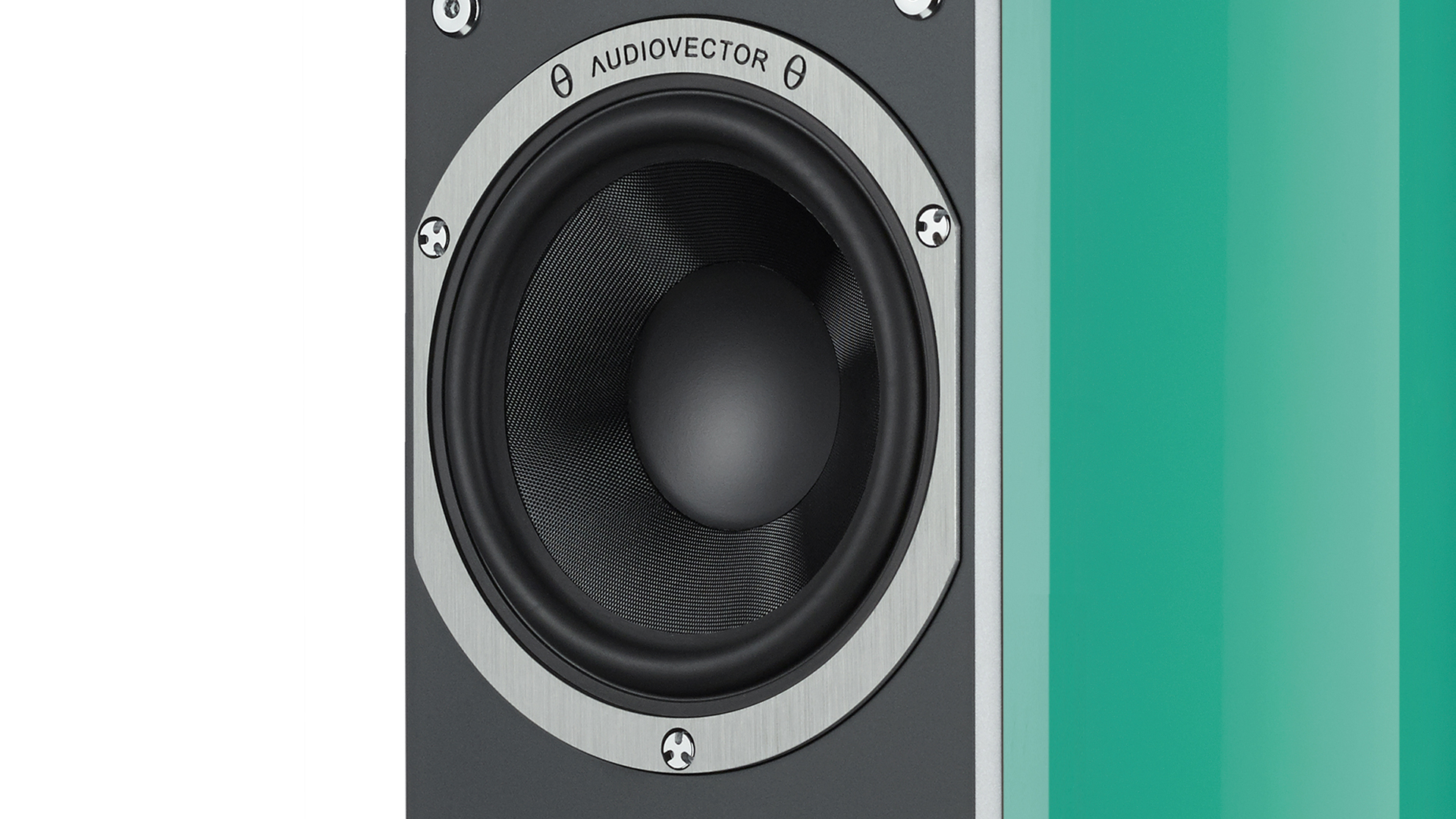
We listen to Orff’s Carmina Burana and find a nicely layered soundstage. The positions of instruments and vocalists are locked in space with the speakers keeping things stable even when the music becomes demanding.
The piece’s chaotic crescendos are delivered with pleasing organisation and control. There’s a surprising degree of punch of offer, the SR3s delivering the music with a muscular attitude that belies their compact dimensions. Much the same could be said about the way these towers deliver large-scale dynamic swings. It’s done effortlessly, with the floorstanders refusing to sound strained even when pushed hard.
MORE: The What Hi-Fi? guide to the best music to test your system

Type Floorstander
Sensitivity (db/w/m) 91
Impedance 8 ohms
Max power handling 300W
Biwirable Triwire
Finishes white silk, black-stained ash, American Cherry and African Rosewood, plus gloss versions of each
Dimensions (hwd) 103 x 19 x 33cm
Compared to the Signature version we reviewed last year, this sounds so much more detailed and agile. The Avantgardes uncover low-level information with ease and render it in a musical and cohesive way. Importantly, they’re subtle, conveying nuances with skill. This is an area where these speakers pull well clear of their cheaper siblings and match the very best at their price.
We are happy with the Audiovector’s tonal balance too. It’s still just a touch on the lean side but remains balanced enough in most other respects. No part of the frequency range grabs our attention unduly and both voices and instruments sound natural.
Switch to Jay Z’s 4.44 set and the SR3s respond with enthusiasm. They deliver Jay’s vocals with clarity and passion while rendering the hard-charging beats of Bam with all the drive and attack required.
These floorstanders dig surprisingly deep in the bass for their size. They stay punchy and tuneful, even at higher levels, and deliver the music’s complex rhythms with swagger to spare.
As with most high-end speakers, the sheer clarity and lack of distortion on offer may appear to reduce the grittiness of the music played, but listen carefully and you’ll find the feel and energy of the track remains very much intact.
Verdict
We really like these speakers. Audiovector has done a great job in keeping all the Signature version’s strengths, but added a large chunk of finesse and insight with the upgrade. If you’re in the market for compact floorstanders at this level, these SR3 Avantgardes really must be heard.
SCORES
- Sound 5
- Compatibility 5
- Build 5
MORE:
What Hi-Fi?, founded in 1976, is the world's leading independent guide to buying and owning hi-fi and home entertainment products. Our comprehensive tests help you buy the very best for your money, with our advice sections giving you step-by-step information on how to get even more from your music and movies. Everything is tested by our dedicated team of in-house reviewers in our custom-built test rooms in London, Reading and Bath. Our coveted five-star rating and Awards are recognised all over the world as the ultimate seal of approval, so you can buy with absolute confidence.
